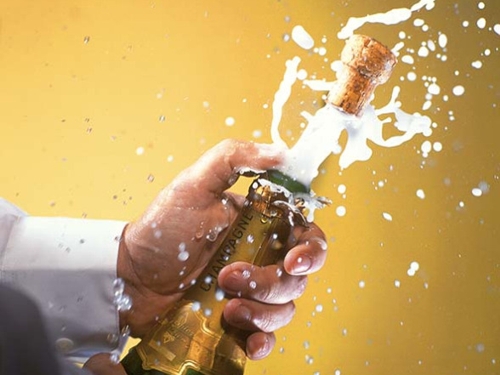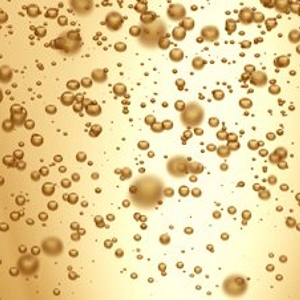It’s interesting to see a new report from the French Champagne industry, that sales of bubbly have fallen precipitously since the COVID lockdown. And the looming climate crisis is threatening to extinguish the Champagne industry within a new decades!

The sales picture
Comité Champagne is a trade association representing more than 16,000 French winegrowers and 320 Champagne houses. It recently reported that global sales of its product have fallen after a major COVID lockdown spike.
According to CNN Business, Total shipments last year of genuine Champagne, from the designated region in the north of France, from France fell to 299 million bottles, a decline of 8.2 percent compared to 2022. That may sound alarming to some. But it’s close to pre-Covid levels in 2019, when 297.3 million bottles were shipped.
During its peak in 2022, Champagne sales soared by 33 percent, when 325 million bottles were shipped. Well… I guess folks needed something to cheer them up.
Now, the great unwashed masses can’t afford food, let alone an extravagance like Champagne. And that’s not likely to change soon.
News not all bad
But… While bubbly shipments were down markedly by bottle count, the Champagne producers managed to maintain higher dollar sales. The Comité notes that many Champagne labels sold a greater percentage of high end brands, maintaining collective sales above €6 billion (US$6.6 billion) for another year.
Worst is yet to come
The economic effects of the COVID lockdown are minimal compared to the big challenge facing the Champagne industry – and wine producers around the world.
It’s climate change. And it’s threatening to wipe out wine production in most of the traditional regions.
A 2020 study from the Columbia University Climate School warned: “If temperatures rise by 2 degrees Celsius, the regions of the world that are suitable for growing wine grapes could shrink by as much as 56 percent, according to a new study. And with 4 degrees of warming, 85 percent of those lands would no longer be able to produce good wines.”
What can they do?
One obvious answer is to move north and re-establish their plantings. But the winegrowers know that it takes decades for grape vines to establish themselves in new terroire and send down deep roots that make premium grapes so special.
Another solution to the impending crisis could be to switch from traditional wine grape varieties to others that thrive in warmer climates. The study says that simply shuffling where certain grape varieties are grown could reduce the impending loss by half.
But change is inevitable
Switching wine grape varieties could come with significant legal, cultural, and financial challenges, CNN observes. One major challenge for winemakers would be convincing consumers to accept new varietals from old growing regions.
“Conversations in Europe have already begun about new legislation to make it easier for major regions to change the varieties they grow,” says researcher Elizabeth Wolkovich from the University of British Columbia. “But growers still must learn to grow these new varieties. That’s a big hurdle in some regions that have grown the same varieties for hundreds and hundreds of years, and they need consumers who are willing to accept different varieties from their favorite regions.”
“The key is that there are still opportunities to adapt viticulture to a warmer world,” says report co-author Benjamin Cook of Columbia University. “It just requires taking the problem of climate change seriously.”
My take
I’m with Cook. With winegrowers – like most players the in rest of the world ecnomic complex – the hardest part of saving the wine industry will be getting those with the power to make a difference to get off their butts and do the right thing.
~ Maggie J.

